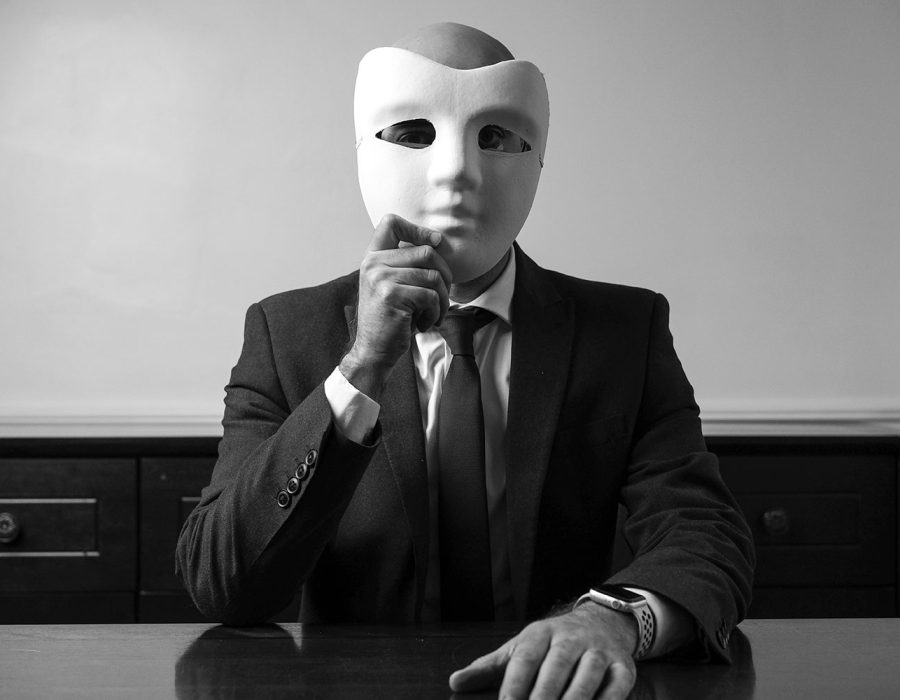Anxiety. That small word with a massive impact. For many, it feels like an invisible hand gripping your chest, a shadowy figure whispering fear into your thoughts. But let me tell you something transformative: anxiety is not your identity; it’s merely a pattern – a pattern you can unlearn.
You weren’t born anxious. No baby lies in their crib worrying about tomorrow or questioning their worth. Anxiety is a learned response, and what you’ve learned, you can unlearn. The key to freeing yourself from anxiety lies in understanding the power of your mind and reshaping your thoughts.
Why Anxiety Happens
Anxiety is your mind’s way of protecting you. Yes, that’s right those racing thoughts and rapid heartbeats are your brain’s misguided attempt to keep you safe. It believes it’s shielding you from danger, but it’s stuck in a loop, overreacting to everyday stressors as though they’re life-threatening.
When you understand this, you can stop seeing anxiety as an enemy and start seeing it as a misfire – a false alarm that you can switch off.
Step 1: Talk to Yourself Differently
Your words shape your reality. Instead of saying, “I’m anxious”, say, “I feel slightly anxious right now, but I am in control.” This simple reframe reminds your mind that anxiety is temporary and not a defining feature of who you are.
You must become your own cheerleader, not your critic. Say things like:
- “I am calm, capable, and in control.”
- “I’ve handled challenges before, and I can handle this.”
- “This feeling will pass; it always does.”
Speak these words aloud with conviction, and you’ll notice a shift in how you feel.
Step 2: Breathe Away Anxiety
Your breath is a powerful tool. Anxiety often triggers shallow, rapid breathing, which signals to your brain that something is wrong. But you can reverse this by consciously taking slow, deep breaths.
Try this exercise:
- Inhale deeply for 4 seconds.
- Hold your breath for 4 seconds.
- Exhale slowly for 8 seconds.
- Repeat this for 2-3 minutes.
As you do, imagine your anxiety leaving your body with every exhale, like a dark cloud dissolving into thin air.
Step 3: Question the Fear
Anxiety thrives on unchallenged fears. It whispers “What if?” and “You can’t.” But you can dismantle these fears by asking yourself:
- “Is this thought true?”
- “What evidence do I have to support this fear?”
- “What’s the worst that can happen, and how would I handle it?”
Often, you’ll find that your fears are exaggerated or unlikely. And when you identify this, anxiety loses its grip on you.
Step 4: Anchor Yourself in the Present
Anxiety pulls you into a future that hasn’t happened yet, robbing you of the peace in the present. One of the simplest ways to counteract this is grounding yourself in the now.
Try this exercise:
- Name 5 things you can see.
- Name 4 things you can feel.
- Name 3 things you can hear.
- Name 2 things you can smell.
- Name 1 thing you can taste.
This brings your mind back to the moment, where anxiety cannot thrive.
Step 5: Rewire Your Mind with Hypnosis
Hypnosis is one of the most powerful tools for overcoming anxiety because it works directly with your subconscious mind, where those anxious patterns are stored. By using guided hypnotherapy sessions, you can uncover the root cause of your anxiety, reframe those triggers, and replace them with empowering beliefs.
In a hypnotic state, you can tell your mind: “I am safe. I am calm. I am in control.” And your mind will listen.
You Are Not Your Anxiety
Anxiety is a chapter in your story, not the whole book. By taking these steps, you’re not just managing anxiety; you’re transforming your relationship with it.
Remember: you have the power to rewrite your narrative, to unlearn the patterns that hold you back, and to step into a calmer, more confident version of yourself.
Because you are enough. You always have been, and you always will be.




